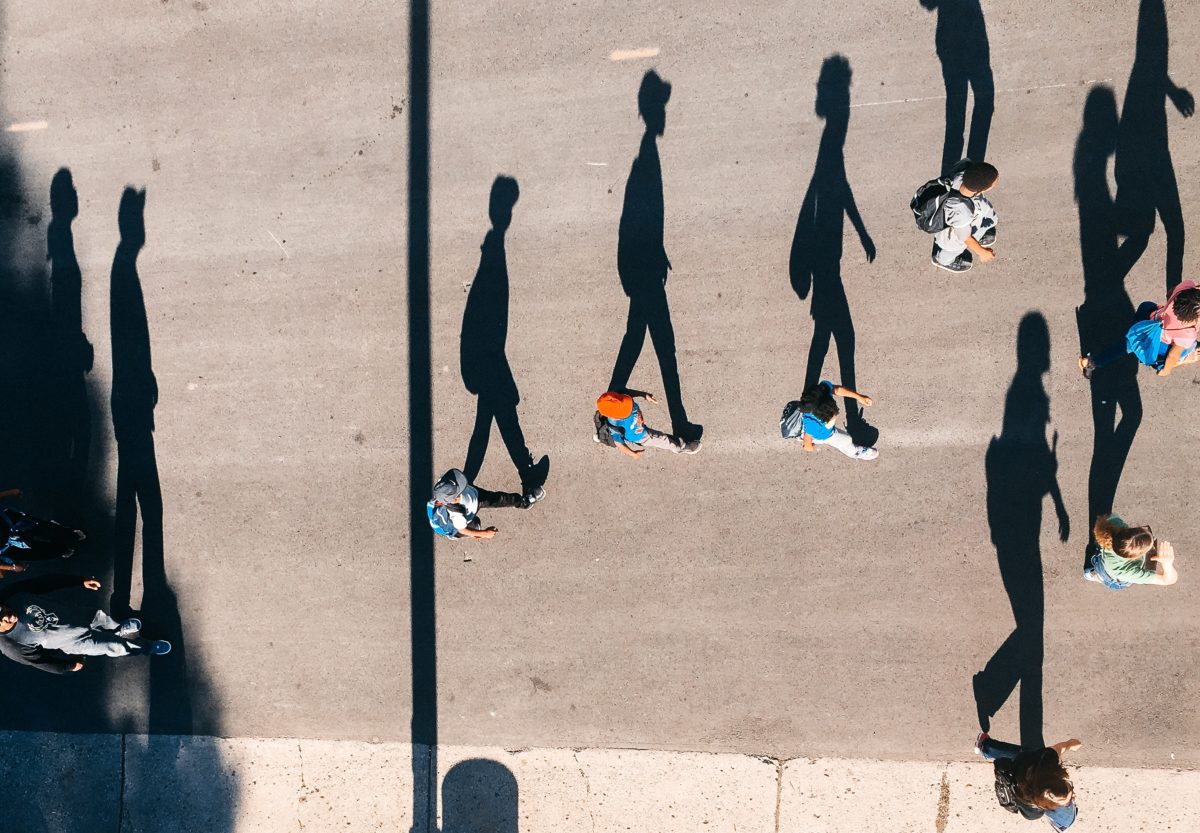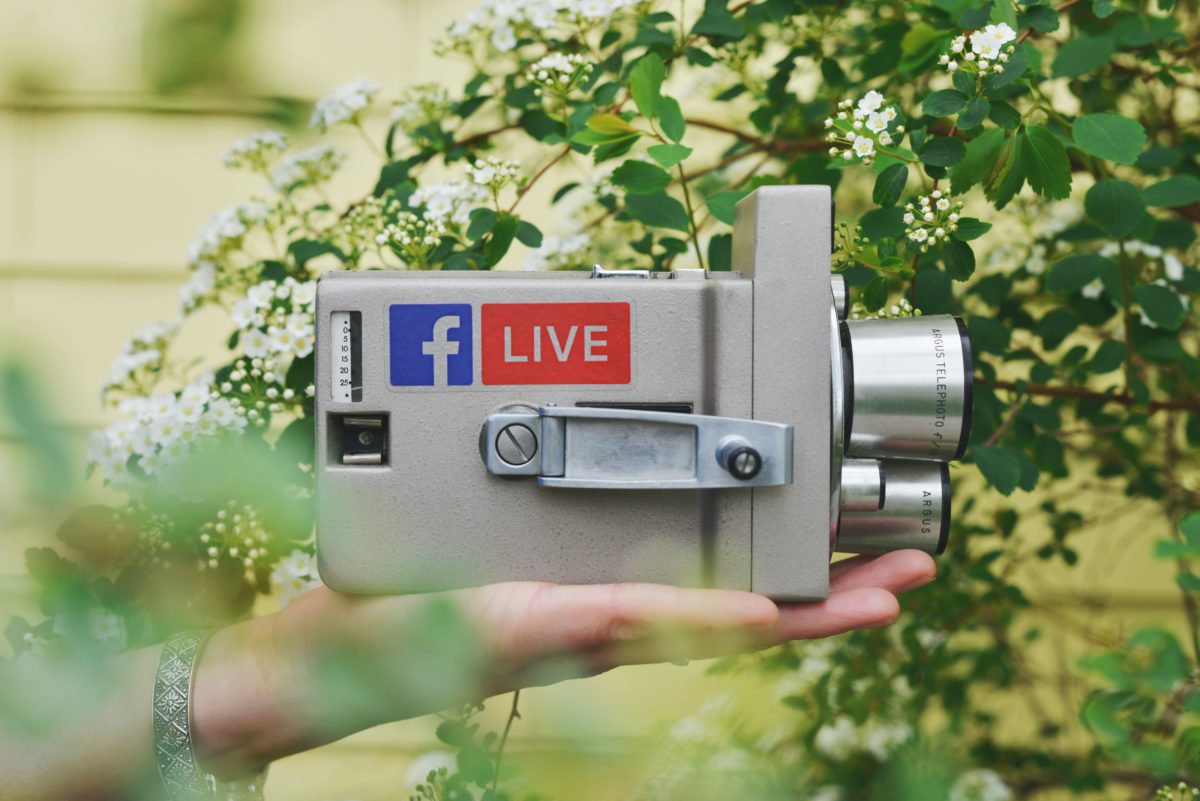What is a digital identity?
Digital identity is your presence on the internet, whether that be the things you have shared, posted, searched, and the tools you used to engage with others (University of Derby, 2016). In other words, it represents everything you do on the web, and once your digital identity has been created, it will always live online and can be searchable by potential employers for any information (2016).
How do personal versus professional approaches to digital identity affect social media use?
A personal digital identity is used on social media for spending leisure time on the apps you enjoy most, such as connecting with family and friends, posting pictures about something you did on the weekend, scrolling through multiple food and nutrition accounts, etc. With a personal digital identity on social media, it is much easier for people to potentially post inappropriate or offensive content that they may have not thought about twice before sharing to the whole world. A professional digital identity is used on social media for showcasing one’s literature work, networking with different companies and people, opening yourself up to potential job opportunities, and learning valuable skills that can be utilized in many different careers. Individual’s who have professional digital identities are more careful and aware of what they post, share, like, etc., because prospective employers may do a quick search to see what your digital footprints on the web are.
How do digital identities converge in networked publics – what are the impacts and/or benefits?
Digital identities are what make up networked publics. For example Facebook is one of the most popular network publics in the world and everyone who creates an account with Facebook, automatically creates a digital identity. Once an individual’s digital identity is constructed, it is permanently living on networked publics on the web. A huge impact is the possibility of future employers discovering something offensive or inappropriate that the individual may have forgotten they posted, ultimately jeopardizing their career and job search.
References
University of Derby. (2016, November 25) Eric Stoller – What is Digital Identity? [Video]. Youtube. https://www.youtube.com/watch?v=u0RryRbJza0&feature=youtu.be

